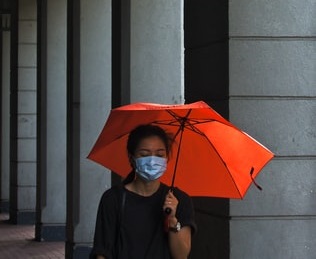On August 17th, the government reported the first locally-transmitted COVID-19 case in more than a month: “Case 375,” a bank worker in Sittwe, Rakhine State. Two days later, three more cases emerged in Sittwe, two of which had been in contact with Case 375. Dr. Soe Win Pang, deputy director of the Rakhine State Public Health Department, said as many as 300 may have come into contact with Case 375. “The current situation could lead to a second wave of COVID-19 because of the transmission cases,” the Irrawaddy quoted him as saying.
With less than 400 cases, Myanmar has seemed to contain the COVID-19 pandemic relatively well, at least officially. In the past month, all new cases seemed to have been caught outside the country. But Dr. Soe Win Pang said that the strong rise of new cases could be the beginnings of a new COVID-19 wave if not contained swiftly and effectively.
Rakhine State is especially vulnerable, first because of the high rate of unregulated immigration to and from Bangladesh, which has had at least 285,000 cases of the disease to date. Second, because of the state’s numerous refugee camps and populations under the control of armed ethnic groups, which lack capacity for thorough testing and treatment. In one vivid example, a WHO-marked vehicle carrying test samples came under fire from unknown attackers killing its driver a couple of months ago. Furthermore, a report by Human Rights Watch claimed that ongoing internet blackouts in rebel held areas could mean that tens of thousands of people have hardly even heard about COVID-19. Rakhine State may be at Myanmar’s frontier, but without proper containment measures, it could be the epicenter for a nationwide pandemic.


